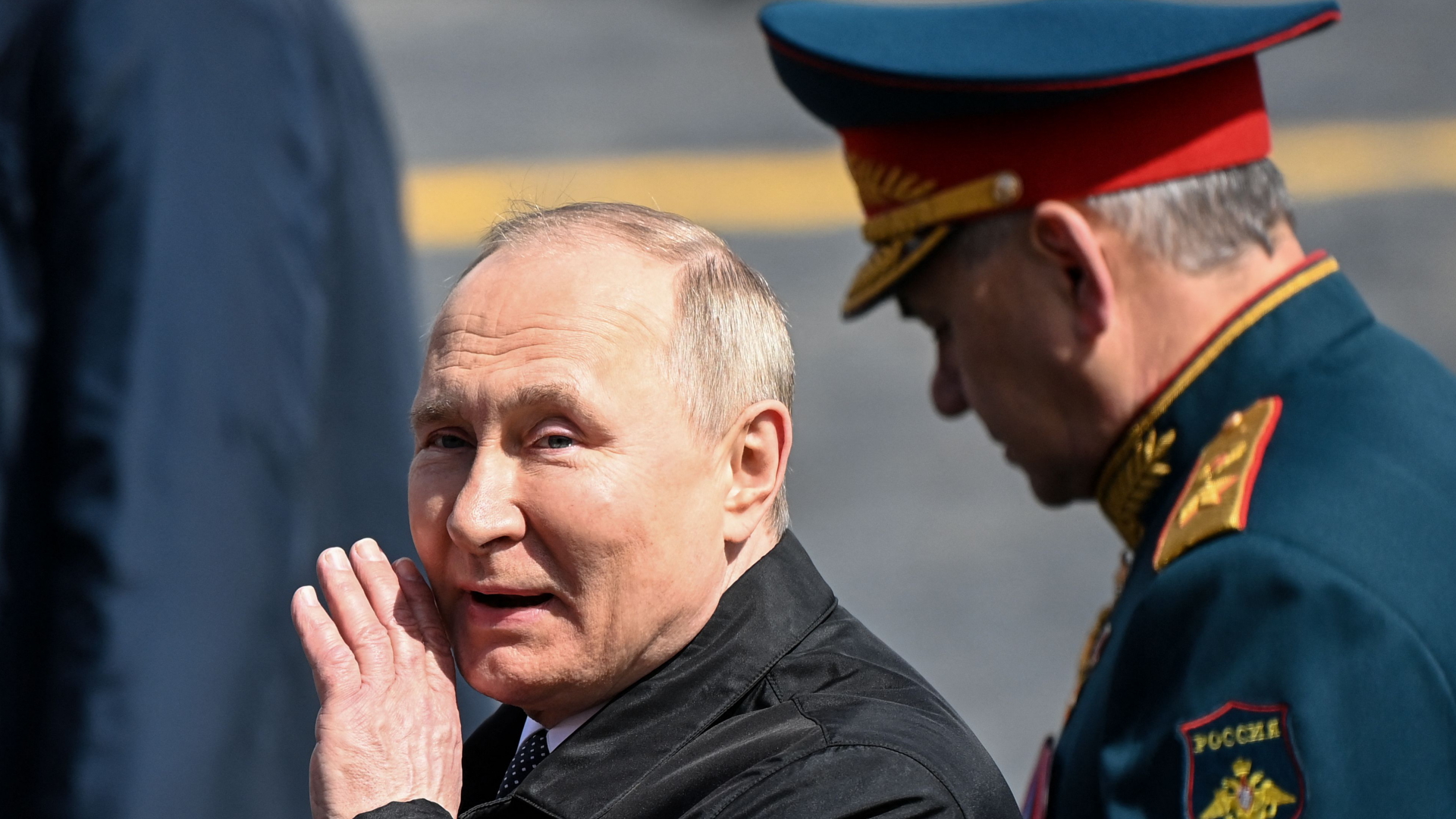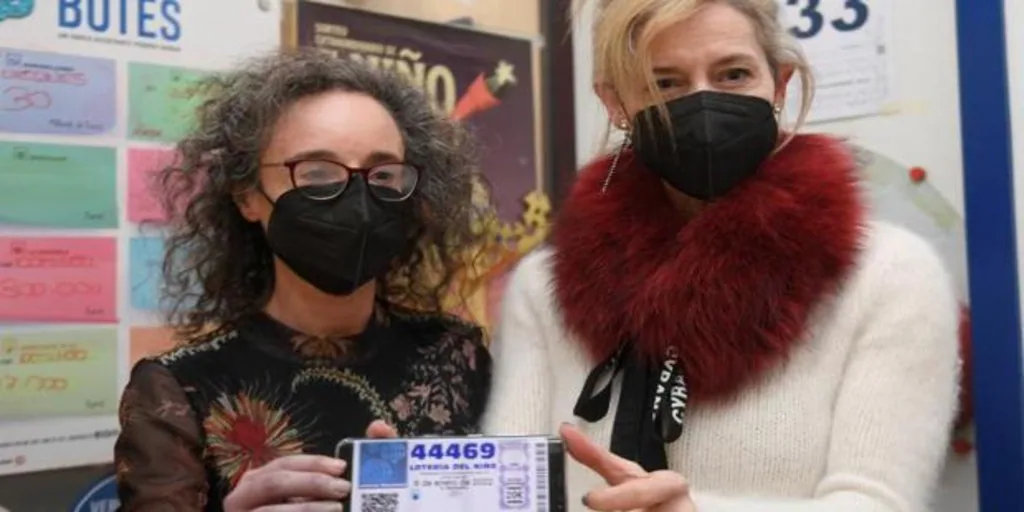Status: 06/17/2022 06:50 a.m
–
–
–
Russia’s President Putin sees himself in the tradition of great Russian tsars, and this is also the reason for the attack on Ukraine. Will Putin again hint at further territorial claims in St. Petersburg today?
By Martha Wilczynski, ARD Studio Moscow
–
–
–
–
Almost nothing has changed, explained Vladimir Putin with a clear smile when he looked from today’s Russia to the then Tsarist Empire around a week ago on the 350th birthday of Peter the Great. Because even Tsar Peter encountered significant resistance when he did not conquer the areas around today’s St. Petersburg from Sweden, but rather, as Putin emphasized, brought them back.
When he founded the new capital there, none of the countries of Europe recognized this territory as Russia. For everyone it was Sweden. In addition to the Finno-Ugric peoples, Slavs have always lived there. This also applies to Narva. He brought it back again and strengthened it. Apparently that is our destiny too: to retrieve and strengthen.
–
–
–
Martha Wilczynski
ARD Studio Moscow
–
–
–
–
–
Sentences that immediately made political observers sit up and take notice. Narva is located in Estonia – right on the Estonian-Russian border. The fact that such placemarks are not accidental was shown, among other things, by the interpretation of Putin’s words, which was broadcast directly on Russian state television.
“Now we understand what Russia’s plans for the future look like: we’re bringing back and we’re strengthening,” explained Olga Skabejeva in her political talk show “60 minutes,” which is loyal to the Kremlin, and added almost solemnly: “The president has set a task.”
“Shall we bring back?”
On the other hand, Vladimir Soloviev, one of the leading propagandists on Russian television, threw his question almost flippantly: “Well then, shall we bring it back?”
The discussion that followed was no longer about “if” but about “what”: “Who’s next?” asked one of Soloviev’s talk guests, adding “Next is Eastern Europe. Poland is on closest to Ukraine. But closest to the borders of the former Soviet Union is the Baltic States. That’s why they shout louder than everyone else.”
There is no question that such mind games are not only aimed at Russian viewers. Just recently, moderator Skabejeva once again suggested demilitarizing the entire NATO directly.
Early Hints
The boundaries between pure provocation and announcements that may be taken seriously are fluid – both on Russian state television and in the Kremlin. A year ago, Putin published an essay in which he de facto denied Ukraine’s right to exist.
It wasn’t the first and it wasn’t the last time he did that. But for many, the realization that the Russian head of state could actually be about much more than just the Donbass only came in February – just a few days before he followed his words with deeds with the order to invade Ukraine.
And now, on the 350th birthday of Tsar Peter the Great, Putin declared:
If a country or group of states is not able to make sovereign decisions, it is in a way a colony. But a colony has no historical perspective, no chance of surviving in such a fierce geopolitical struggle. And Russia has always been at the forefront of current affairs. Yes, there have been periods in our country’s history when we have had to retreat – but only to gather our strength and then move forward.
–
–
intentional ambiguity
Putin deliberately leaves it open how far he is willing to go and where the – not only – geopolitical borders of his Russia lie. A question to which the map service of the largest Russian online service provider Yandex no longer knows the answer.
Last week, the company decided to remove all state borders from its virtual maps. Officially, to put the focus on the natural features and thus correctly depict the world.
Vladimir’s World – Where is the limit?
Martha Wilczynski, ARD Moscow, 17.6.2022 6:53 a.m
–
–
–


:quality(80)/cdn-kiosk-api.telegraaf.nl/56dd68d0-edb6-11ec-b66f-02c309bc01c1.jpg)